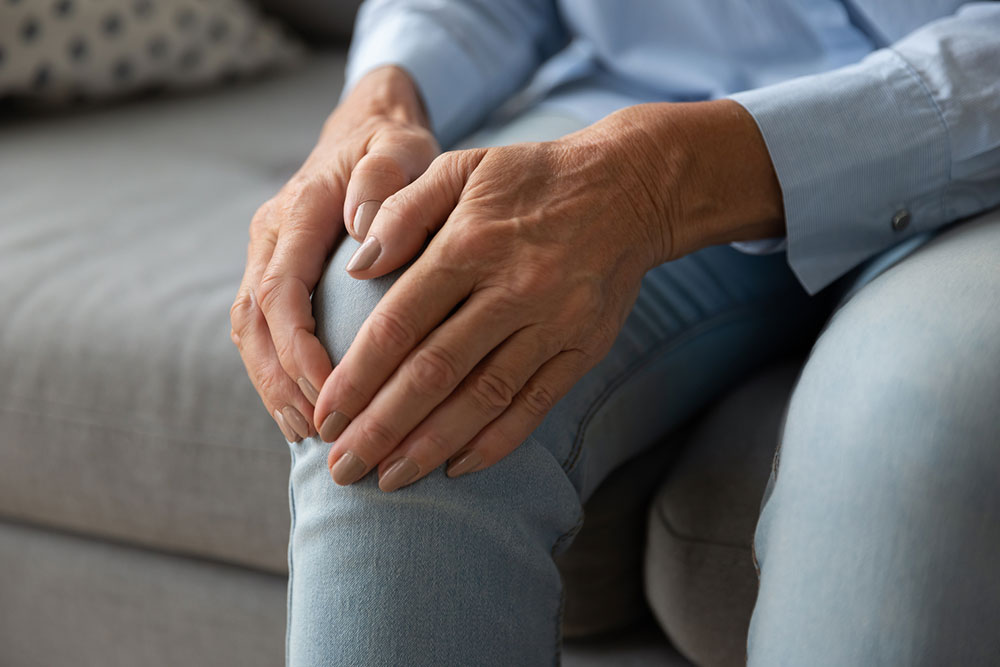10 steps to prevent pressure sores

Pressure sores, also called pressure ulcers or bedsores, are painful and potentially severe skin injuries that result from prolonged pressure on specific body areas. Commonly associated with individuals with limited mobility, such as those who are bedridden or reliant on wheelchairs, pressure sores can manifest as mild redness and discomfort or progress into deep wounds affecting the skin and underlying tissues. These can be prevented and here are some recommendations.
Change Positions Regularly
It’s crucial to regularly adjust body positions to relieve pressure on vulnerable areas. Changing positions every 1-2 hours can alleviate pressure on bony places like heels, hips, and the tailbone. Proper positioning distributes weight evenly and reduces the risk of pressure sore development.
Utilize Support Surfaces
Invest in pressure-relieving support surfaces, including specialized mattresses, cushions, and overlays. These products evenly distribute pressure, diminishing the likelihood of pressure sores.
Maintain Skin Hygiene
Maintaining clean and dry skin is essential. Moisture increases the risk of skin breakdown, so use gentle cleansers and pat the skin dry instead of rubbing it. Pay extra attention to skin folds and creases.
Manage Incontinence
For individuals dealing with incontinence, maintaining skin cleanliness and dryness can be challenging. Use absorbent products like adult diapers or pads and change them promptly. Barrier creams can offer additional protection.
Monitor Skin Health
Regularly inspect the skin for signs of redness, warmth, or discoloration, which can be early indicators of pressure sores. Seek immediate attention if any skin changes are detected.
Optimize Nutrition
A diet well-balanced with adequate protein and nutrients is important for skin health and wound healing. Consult healthcare professionals or registered dietitians for nutritional guidance.
Reduce Friction and Shear
Friction and shear forces can exacerbate pressure sore development. Utilize satin or silk sheets to minimize friction during repositioning and consider using devices like slide sheets if necessary.
Regular Exercise and Mobilization
If possible, engage in gentle range-of-motion exercises to enhance blood circulation and muscle strength. This can lower the risk of pressure sores and maintain overall mobility.
Use Pressure-Relieving Devices
Cushions and padding specially designed for pressure relief can be positioned under the heels, elbows, and other bony areas to mitigate the risk of pressure sores.
Educate Caregivers
Caregivers should educate themselves and others about effective prevention techniques and the signs of pressure sore development. Additionally, exploring hospital beds designed to cater to patients’ needs can be beneficial and can be purchased online after conducting research.